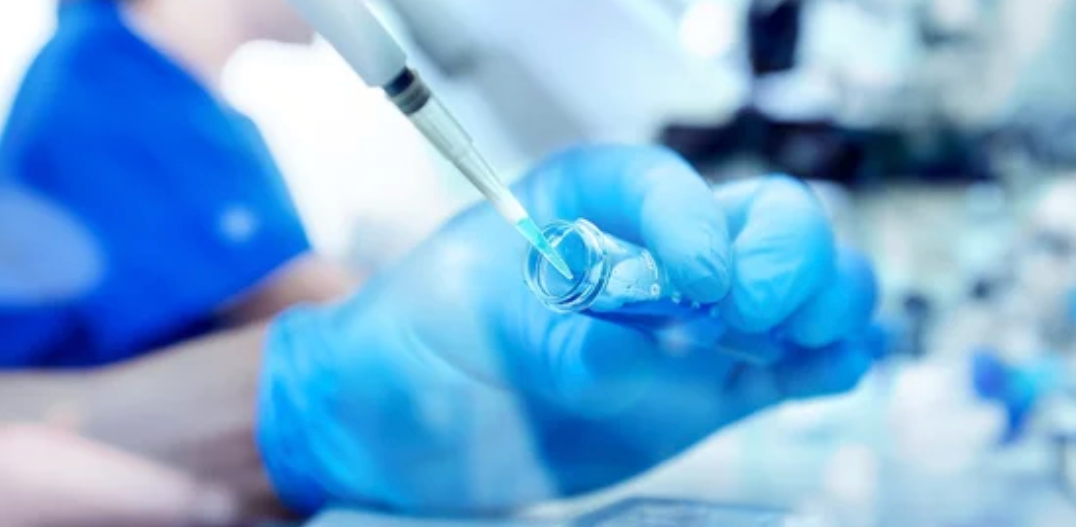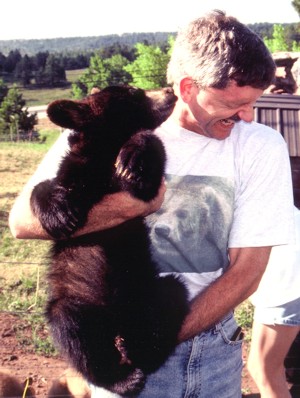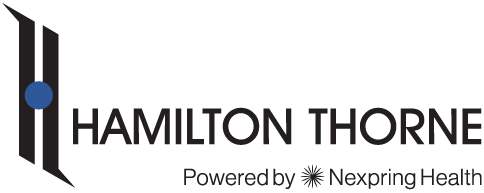
Greenville Hospital System
Humans and Cattle and Bears – Oh My!
Overseer of Greenville Hospital System’s one assisted reproductive technology (ART) and two andrology labs, Dr. Bill Boone focuses not only on evaluating human sperm for fertility purposes, but on the instrumentation that performs the evaluations as well. He explains, “If the instrumentation isn’t correct, I could send false data to a physician.” His instrumentation of choice? The IVOS. “The IVOS is reliable. Every day my medical technologists, Jane Johnson and Jennifer Gilbert, turn it on and set the parameters, and every day it gives them identical data. It’s a very stable and repeatable instrument.”
With Bill’s attention to quality control issues, “QC” could be his middle name. Bill says, “QC is often overlooked because researchers usually are more interested in the micro detail of cells. Quality control doesn’t take a lot of time or money, and it directly affects the patients.” As a result of Bill’s interest in quality control, Greenville Hospital boasts the world’s first cleanroom for assisted reproductive technology. Low particle counts, white suits, ULPA filters, incubators for better embryo development and the IVOS are some of the factors that produce a significantly higher pregnancy rate for the Greenville Hospital System than the national average.
Trained as an animal scientist, Bill extends his research specialty of quality control beyond the study of humans. He and Dr. Lee Higdon, another animal scientist, are working on removing subjectivity from the evaluation of bull sperm in an effort to identify what the “normal” bull sperm parameters are. According to Bill, “Farmers want to put their very best bulls in the pasture in the spring to improve the genetics for the next set of calves. Bulls are performance tested by feeding them equal amounts of feed and weighing them every 28 days for four months. Bulls passing the performance test are subjected to fertility testing. Semen samples from the bulls are evaluated manually using a microscope. Then we use the IVOS on the same ejaculate to bring objectivity to the evaluation. Using the Metrix Morphology option on the IVOS, we enter our own gate settings to specify acceptable head length and width. The bulls with results in the acceptable range are the ones that get lucky in the spring.”

Director of Assisted Reproductive Technology and Andrology Laboratories Greenville, South Carolina USA
Because cattle gametes, sperm and eggs, are similar in size to humans and because the fertilization and gestation periods are similar between the two species, bull sperm might, one day, be used in place of mouse gametes as a more reliable quality control marker. Other advantages of bull sperm over mouse sperm are the large volume of ejaculate provide by the bull and the fact that the semen can be collected without sacrificing the animal. Bill reports, “We are using the IVOS to test the bull sperm to define parameters, kinematics, and precision within ejaculates.”
A pet project of Bill’s is saving the genetics (i.e., sperm, eggs and embryos) of endangered bears. As a volunteer with Bears, Inc., a non-profit organization dedicated to saving endangered bear species, Bill uses the IVOS to evaluate bear sperm. He hopes to compare the values established with the IVOS to the values obtained following various methods of cryopreservation of the bear sperm. By doing this, he hopes to determine the best method to preserve sperm, thus safeguarding reproductive cells of bears that do not breed in captivity. Bill collects semen specimens from the American Black Bear (not an endangered species) for his research, but hopes to transpose his findings to the endangered ursids. “We’ve learned a lot about assisted reproductive technology in the last 30 years,” Bill says, “primarily for the economics of the cattle industry. We apply our knowledge to humans now and to the future of endangered species.”
“I rely on my IVOS. I ordered my first IVOS in 1991 – model 7.2 – and I wouldn’t think of changing. A product is no better than the support behind it, and I can call Hamilton Thorne’s service department anytime I need advice. The team at Hamilton Thorne is easy to work with and provides great support.”
William R. Boone, Ph.D., HCLD
Director of Assisted Reproductive Technology and Andrology Laboratories
